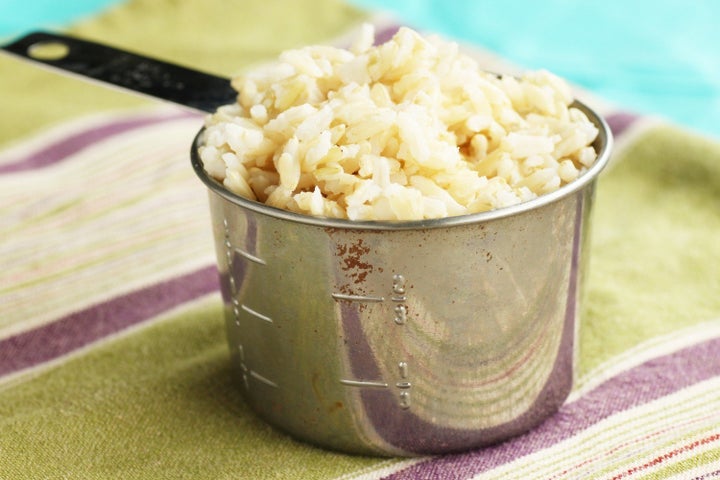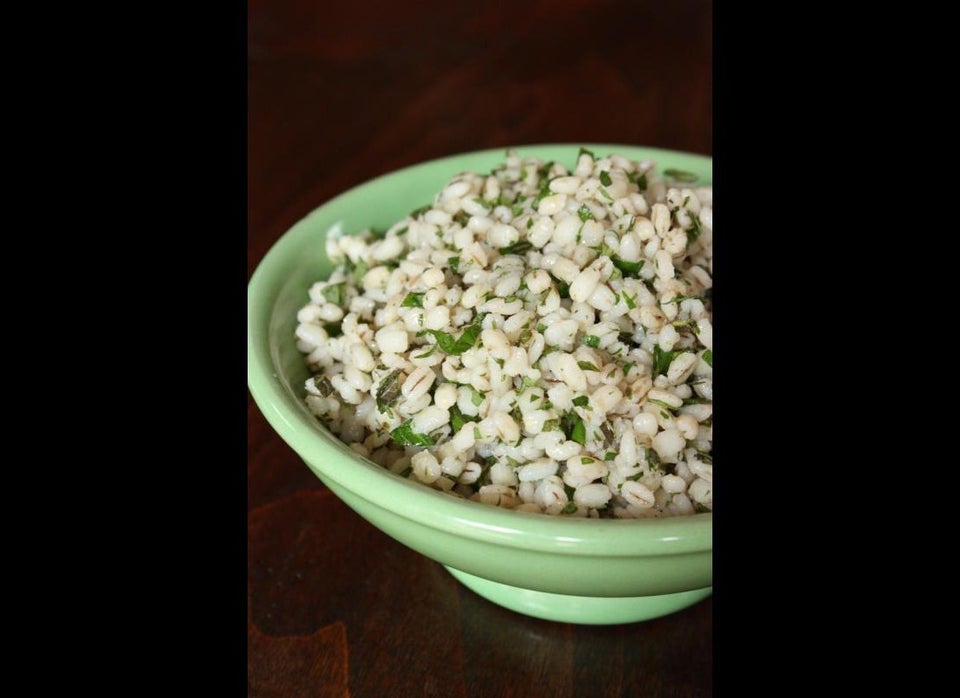
When I started yoga as a teenager, it was not offered at every health club and YWCA like it is now. In fact, it seemed very foreign. Suspect. People confused it with yogurt and both were just weird. Things have changed, and you'd be hard-pressed to find a health-conscious person who hasn't at least tried a yoga class. With the proliferation of the practice, however, some of its teachings have been diluted, particularly the enchanting yogic dietary precepts. While experts and mock experts debate ceaselessly about how we ought to feed ourselves, and diets go in and out of style more rapidly than hemlines or hairdos, yoga hasn't changed its basic dietary recommendation for over 2,000 years. It is: Choose pure foods, and enjoy them in moderate amounts.
The yogis classify foods, and everything else for that matter, in groups called gunas, the basic characteristics of creation. The three gunas are tamasic, the quality of gravity; rajasic, the quality of motion; and sattvic, the quality of light.
Tamasic foods are those considered lifeless. They include anything stale or tasteless, leftovers of more than 24 hours and anything that's been in the freezer for a long time, and also aged cheese, alcoholic beverages, deep-fried fare, and all highly processed foods with chemical additives. The teaching is that too many of these promote lethargy and fatigue and lessen our sensitivity to beauty and virtue.
Rajasic foods -- meat, eggs, refined sugar and soft drinks, stimulants like coffee, and dishes with fiery spices and lots of salt -- set our body rhythms at full speed ahead. When taken in excess, these can add to our stress levels and make us driven and high-strung.
Balancing these two extremes are the simple, natural sattvic foods, including fresh fruits, raw or lightly cooked vegetables, whole grains and brown breads, beans, nuts, "milk from healthy cows," and raw honey. It is believed that eating predominantly sattvic foods is healing and calming, and that it both strengthens the body and sharpens the mind. This produces the glow of good health as evidenced by radiant skin, a strong, flexible body, and a well-functioning immune system. The ancient Indians had a name for this glow, ojas, which they defined as the physiologic expression of bliss: a nonstop, underlying happiness that persists even through trying times. This is not modern or scientific concept; it's an ancient, aspirational concept, a way to describe and enhance radiace. Foods said to be especially ojas-producing include:
Good food choices are half of the yogic dietary equation. The other is moderation. A commentary on the Bhagavad Gita reads, "Even nectar becomes poison when eaten too much." Modern science concurs, noting that a common theme among people who live healthfully into their 90s and beyond is a lifetime of moderate eating. Moderation is actually the flip side of dieting, that is, imposed deprivation. It is instead choosing foods that are so delicious, so delightful to look at and to smell, and so satisfying to the appetite and to the body's trillions of nutrition-seeking cells that the need to overeat can be arrested at its source.
An additional way to guard against eating to excess is to give your body digestion time between meals. Nonstop eating causes more than weight gain: It causes energy loss. Digesting food is an energy-intensive process. Piling more food on top of what hasn't been digested yet hinders the process, causing fatigue. Some people have medical conditions that require them to eat frequently, but the rest of us would do well to take the yogic path and stick with three meals a day. "Nothing in between?" I asked my first yoga teacher, somewhat shocked, when she suggested this. "Living in between," she told me.
For more by Victoria Moran, click here.
For more on diet and nutrition, click here.
For more on yoga, click here.
